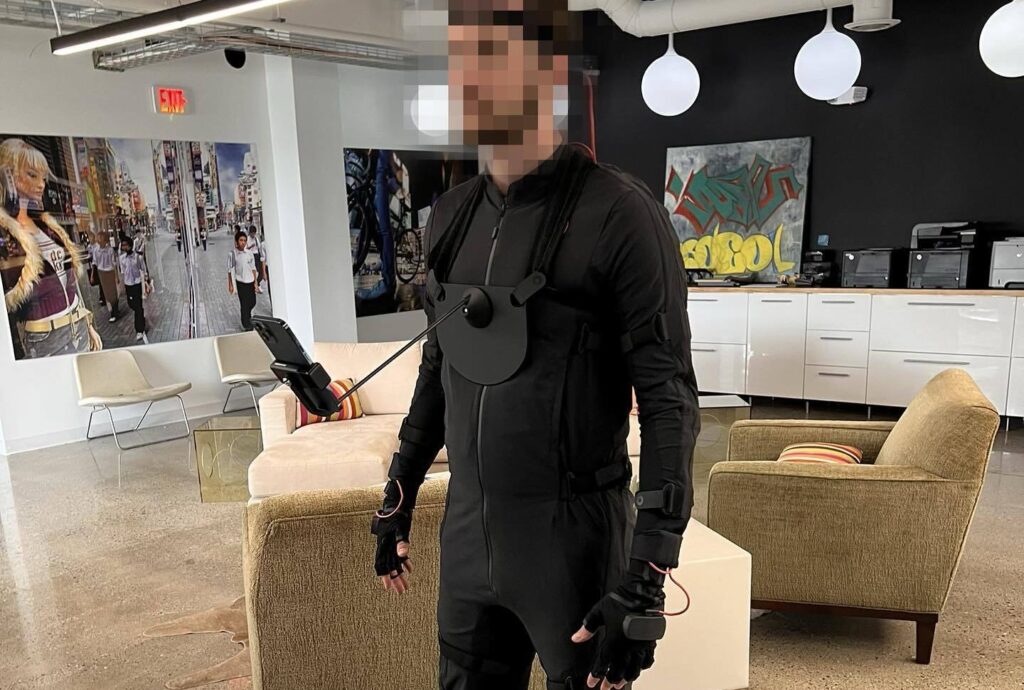Why Motion Capture is a Game-Changer for CGI Storytelling

In the world of CGI, there’s a clear divide between what looks good and what feels real. That’s where motion capture (mocap) comes in. Whether it’s the nuanced expressions of a character in a blockbuster film or the fluid movements of a digital soldier in a defense simulation, mocap is redefining how we tell stories through CGI.
At Pluto: A Creative Content Agency, we specialize in bringing concepts to life with cutting-edge CGI and motion graphics. But what happens when a project demands more than just sleek visuals? What if the story needs realism, emotion, and movement that traditional animation can’t quite capture? That’s when we turn to motion capture technology.
What is Motion Capture (Mocap)?
Motion capture is a technique that records an actor’s movements and translates them into digital animations. Using specialized suits with sensors (or markerless technology), mocap systems track every movement, down to the smallest twitch of a finger and convert it into data that can be applied to CGI models.
Think of it as motion tracing, except instead of animators painstakingly keyframing every movement, mocap captures real human motion in real time. This technology has become essential in gaming, film, and even commercial advertising, where CGI characters need to move naturally.
Why Does Motion Capture Matter for CGI Storytelling?
1. Unparalleled Realism
CGI can create breathtaking visuals, but without natural movement, even the most advanced models can feel off. Mocap captures the nuances of real human motion like how a person shifts their weight, the subtleties of facial expressions, or the imperfect way we run. This level of detail makes CGI characters feel alive.
2. Speeds Up the Animation Process
Traditional animation is time-intensive, requiring artists to manually animate movements frame by frame. Motion capture accelerates this initial process, capturing an actor’s performance in real-time and converting it directly into usable animation.
- Elevates Emotional Storytelling
One of the biggest breakthroughs in motion capture has been facial mocap. With modern systems, even the subtlest facial expressions such as raised eyebrows, smirks, or furrowed brows can be transferred to CGI models. This emotional depth is crucial for storytelling, especially in industries like gaming and entertainment.
4. Brings Fantasy to Life
Mocap allows us to bridge the gap between reality and imagination. Need a hyper-realistic human soldier for a defense client? Done. A futuristic humanoid AI? No problem. A mythical creature with the movement of a real performer? Easily captured. By blending real-world physics with CGI, mocap makes the impossible believable.
How Pluto Uses Motion Capture
At Pluto, we’re always pushing the boundaries of CGI. For our defense and technology clients, we use mocap to bring complex ideas to life—whether it’s a dynamic render of a soldier in action or a high-energy commercial where digital humans interact with real-world footage.
In our latest work with a defense company, we leveraged motion capture to streamline the animation process, ensuring every movement felt authentic while keeping the production timeline efficient. By combining mocap with our CGI expertise, we delivered a final product that was not only visually stunning but also deeply engaging.
The Future of Mocap in CGI
Motion capture is evolving rapidly, with advancements in markerless technology, AI-assisted mocap, and even real-time facial tracking that eliminates the need for heavy post-processing. As CGI continues to push into new industries like defense, automotive, and even corporate storytelling the demand for realistic digital movement will only grow.
